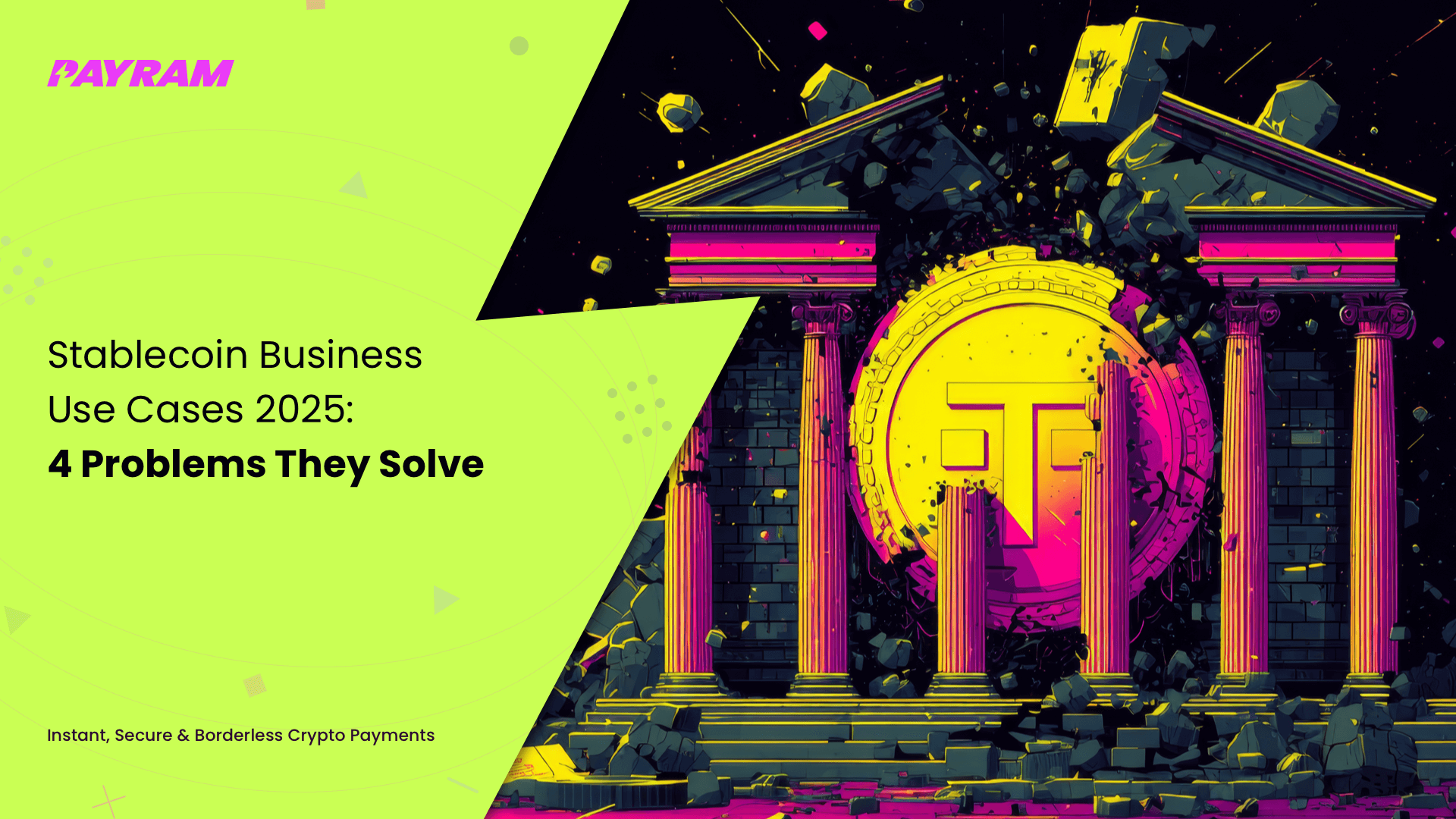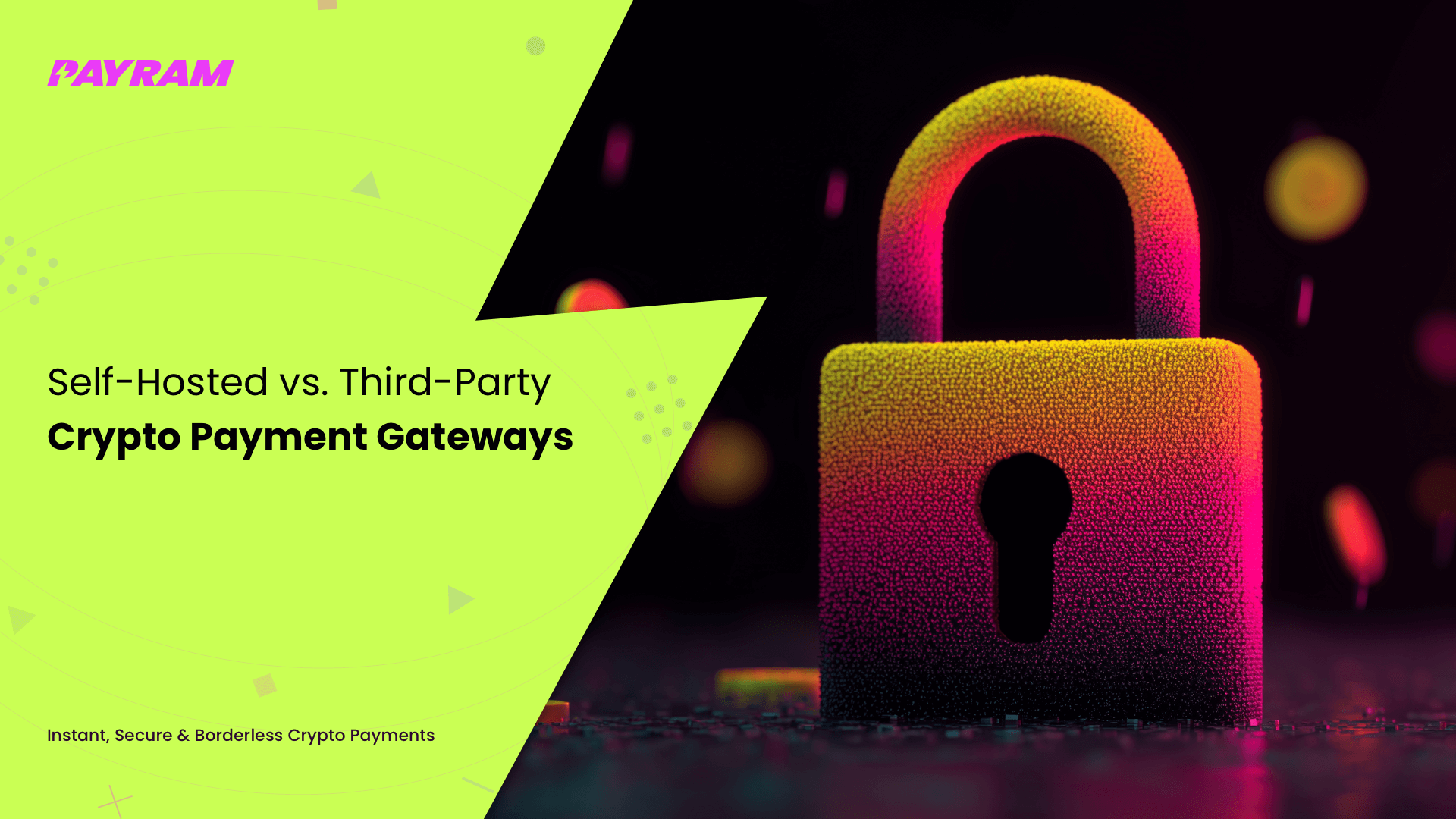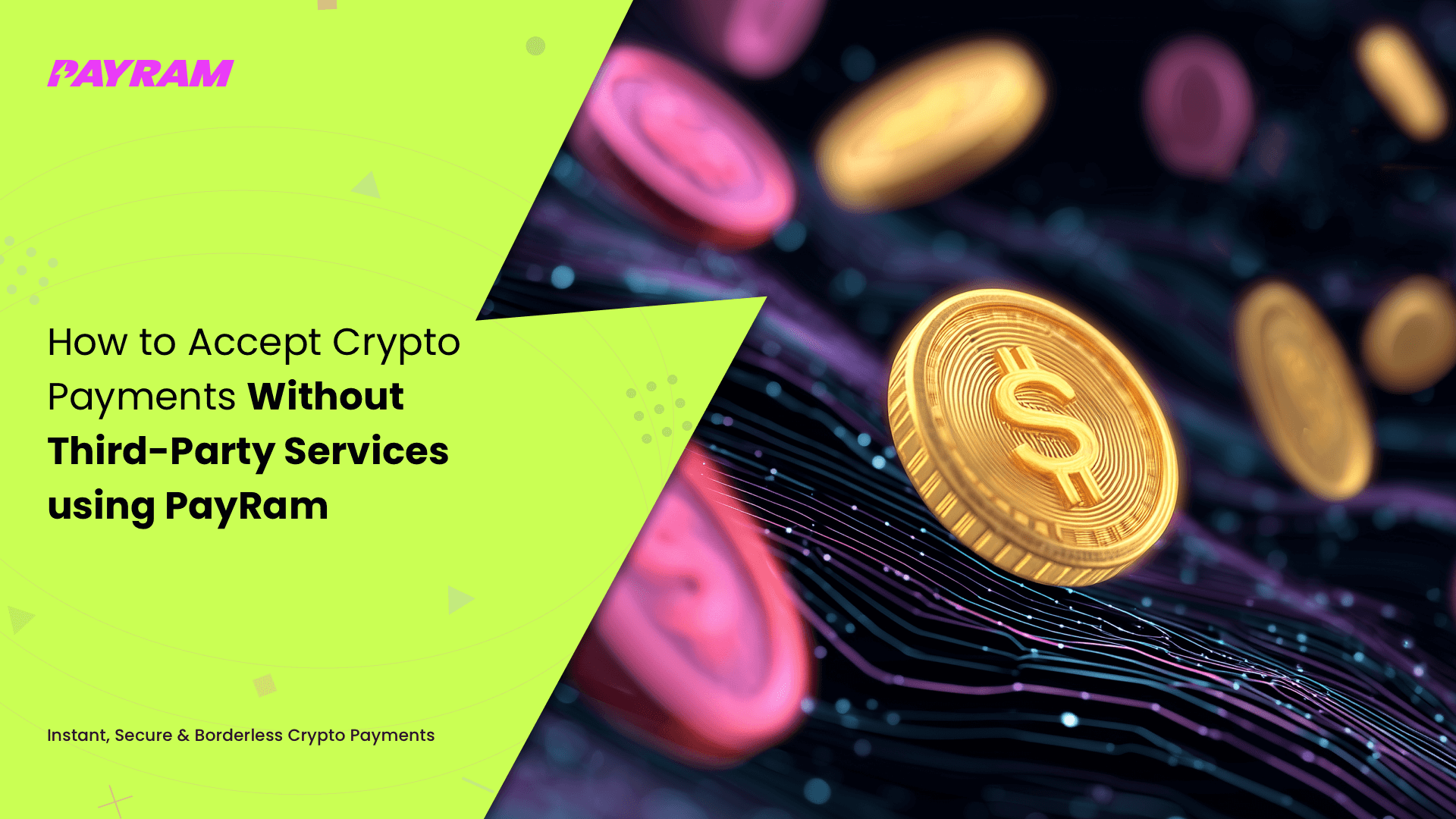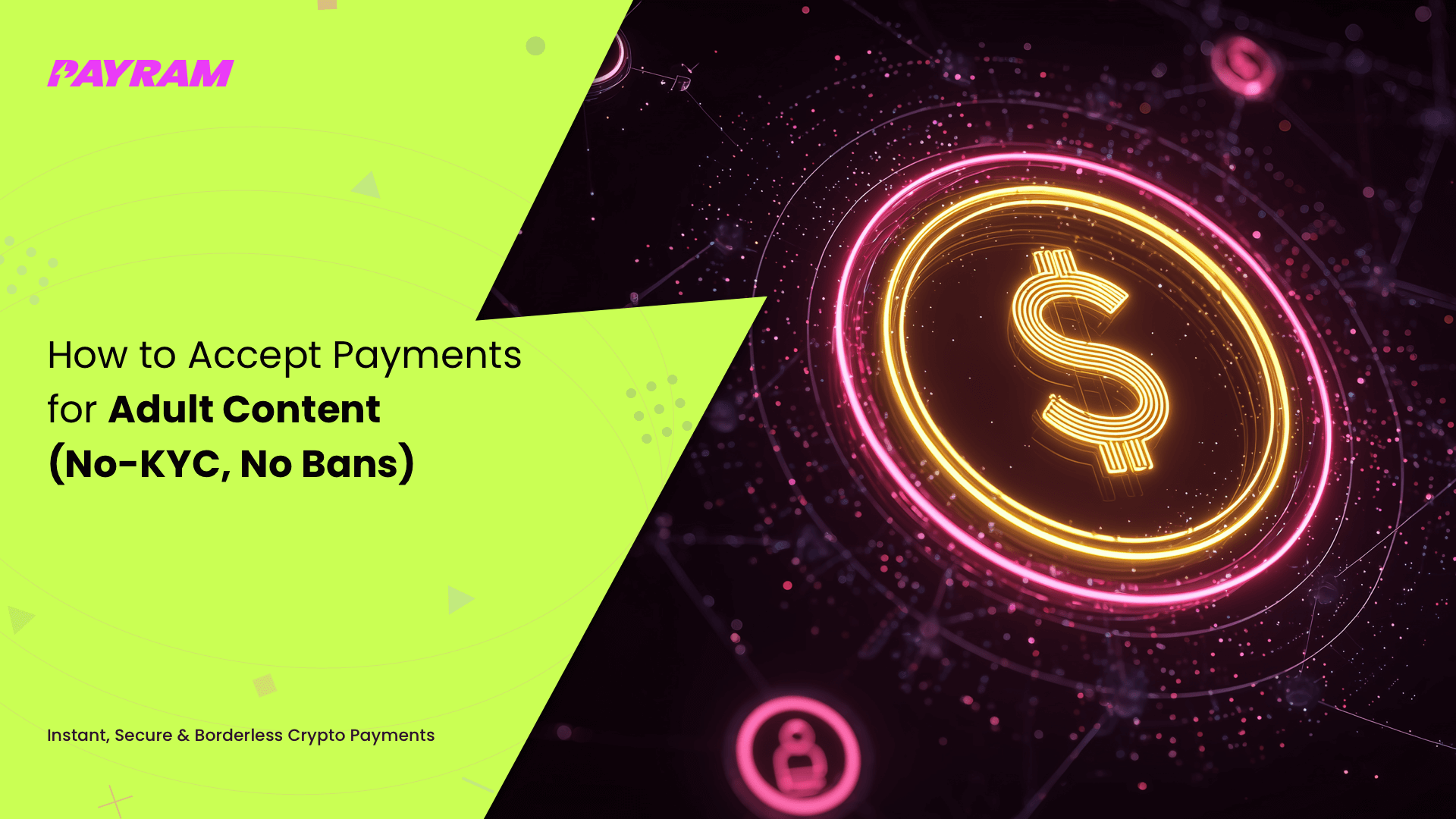Stablecoins: Four Business Nightmares a Digital Dollar Kills Stone-Dead
Beyond the Bitcoin Hype — Your Business is Burning Cash, and This is the Fix
Let's be brutally honest. For years, the word "crypto" has been a circus. A chaotic blur of rocket emojis, laser-eyed avatars, and price charts that look like a heart attack on paper. We’ve all seen the headlines about Bitcoin’s wild mood swings, where fortunes are made and lost in the time it takes to grab a coffee. That kind of volatility is great for gamblers. It’s a complete disaster for running a real business. You can't price your products, pay your staff, or manage your cash flow with a currency that might be worth 10% less by lunchtime.
But while the world was glued to the speculative frenzy, a quiet and earth-shattering revolution was happening in the background. It wasn't loud. It wasn't flashy. It was the sound of the financial world’s plumbing being ripped out and replaced with something better. This revolution is built on a different kind of digital asset: the stablecoin.
Forget what you think you know about crypto. Stablecoins aren't for speculation. They are pure, uncut utility. They are the digital dollar, finally come to life.
A stablecoin is a digital currency engineered to hold a steady value because it’s pegged to a real-world asset, most often the U.S. dollar. Think of titans like USDT (Tether) and USDC. These aren't backed by wishful thinking. They're backed one-to-one by cold, hard cash and U.S. Treasury bills, held in audited reserves.
This creates a programmable, 24/7 dollar that gives you the stability of traditional money with the raw speed and global reach of the blockchain. It’s the upgrade the internet has been screaming for.
The takeaway is simple: the friction and high costs of the legacy financial system are no longer a mandatory cost of doing business. They are a choice. And it's a choice that is actively draining your profits. This report will expose four costly, high-impact business problems that are being systematically dismantled by stablecoin payments. See how PayRam provides the sovereign infrastructure to solve all four.
- The Crippling Cost and Delay of Cross-Border B2B Payments.
- The Existential Threat of Fraudulent Chargebacks for Online Merchants.
- The Payout Bottleneck Strangling the Global Creator Economy.
- The Hidden Drag of Inefficient Corporate Treasury Management.
Problem #1: The Slow, Bloody Death of International Wire Transfers
Trapped in a Financial System Built for Your Grandfather
If your business operates globally, you know the special kind of pain that comes with sending or receiving a simple B2B payment. You’re forced to use the SWIFT network, an ancient messaging system from the 1970s that creaks and groans under the weight of the modern economy.
Here’s the dirty secret: SWIFT doesn’t actually send money. It sends messages about money through a dusty, cobwebbed daisy chain of correspondent banks. Each bank in that chain takes a slice of your cash, adds its own delays, and introduces another chance for something to go horribly wrong.
This isn't a minor inconvenience. It's a systemic tax on global trade. A recent survey revealed a shocking truth: approximately 68% of business owners globally report paying unnecessarily high transaction fees for cross-border payments. It’s a system bleeding businesses dry, one transfer at a time.
"Blockchain technology and stablecoins are emerging as a faster, cheaper, and more transparent way to move money... we expect financial institutions to adopt stablecoins more widely, eliminating intermediaries and revolutionizing cross-border payments." - Report from Payments CMI
The scale of this problem is staggering. The B2B cross-border payments market is on track to swell from $39 trillion in 2023 to a colossal $56 trillion by 2030. And within that ocean of capital, the costs of using legacy rails are nothing short of obscene.
The Real Cost of a $10,000 B2B Payment: A Tragedy in Four Acts
Forget the advertised fees. Let's break down what a single $10,000 international wire transfer really costs you:
- The Obvious Fee: Your bank hits you with an upfront wire fee, typically between $40 and $50.
- The Hidden FX Heist: This is where they really get you. Hidden in the exchange rate is a markup that siphons off an additional 2-4% of your transaction's value. On a $10,000 payment, that’s another $200 to $400 vanishing into thin air.
- The Intermediary Tolls: Every correspondent bank in the chain takes its cut. These fees are unpredictable and buried in the fine print.
- The Soul-Crushing Wait: The money is gone from your account, but it won't arrive for two to five business days. For nearly a week, your capital is trapped in a financial black hole, useless to you and your supplier.
Your total cost for that "simple" transfer? Anywhere from $245 to $445 or more. And that’s before you factor in the risk of currency fluctuations while your money is in transit. It’s slow, it’s expensive, and it’s opaque.
The Stablecoin Solution: Instant, Global, and Brutally Efficient
This is where stablecoins change the game entirely. A stablecoin transaction doesn't crawl through a chain of banks. It flies directly from your digital wallet to your recipient's wallet on the blockchain—a global network that operates 24/7/365, with no holidays and no banking hours.
The impact is revolutionary.
Instead of paying hundreds of dollars, the network fee for a stablecoin transfer is often less than $5. The settlement time isn't days. It's under five minutes.
But the true power here isn't just saving a few hundred bucks. It's the dramatic increase in the velocity of money. By shrinking settlement times from a week to a few minutes, you unlock your working capital. Money that was once frozen in transit can now be put back to work immediately. You can pay suppliers faster, reinvest in growth, and operate with an agility your competitors can only dream of. You can learn more in our comprehensive guide to cryptocurrency payments.
Problem #2: CHARGEBACK HELL: How ‘Friendly Fraud’ Is Killing Your Business
Living in Constant Fear of the Financial Guillotine
For any merchant in a so-called "high-risk" industry—like iGaming, online casinos, adult entertainment, supplements, or dropshipping—the chargeback system isn't a consumer protection tool. It's an existential threat.
You live with a knot in your stomach, waiting for the email from Stripe or PayPal that says your account has been frozen and your funds are locked. It happens without warning and without recourse.
One merchant’s story captures the terror perfectly: "I just lost my entire business because of Stripe... Stripe decided we were suddenly a 'high-risk' business and instantly banned us-freezing all our funds."
This isn't a rare occurrence. It's the brutal reality for thousands of entrepreneurs who are actively searching for a Stripe alternative or a solution to the nightmare of "PayPal froze my funds." The trigger for this financial execution? Almost always, it's chargebacks.
The Bloody Math: The True Cost of a Single Dispute
A single chargeback is a wrecking ball to your bottom line. The damage goes far beyond the lost sale. Industry data paints a horrifying picture: for every $1 lost directly to fraud, U.S. merchants incur total costs of $4.61.
That number accounts for:
- The lost merchandise you shipped.
- The non-refundable shipping costs.
- The punitive chargeback fees from your processor (often $15-$50).
- The hours of operational labor your team wastes fighting the claim.
The average chargeback costs a merchant between $74 and $190 per incident. For high-risk industries like gaming, that number jumps to $99 per dispute.
It gets worse. Card networks like Visa and Mastercard are watching you. If your chargeback rate climbs above a razor-thin threshold of around 1%, you get thrown into their monitoring programs. This means punitive monthly fines, increased scrutiny, and the constant threat of having your entire payment processing relationship terminated.
The Stablecoin Solution: The Unstoppable Power of Digital Cash
This is where stablecoins provide a permanent fix—not by fighting chargebacks, but by making them technologically impossible.
Traditional credit card payments are "pull" transactions. The merchant gets permission to pull funds from the customer's account. This is the design flaw that allows a bank to reverse the transaction weeks later.
Stablecoin payments are "push" transactions. They work like digital cash. The customer actively pushes the funds from their wallet to yours. Once that transaction is confirmed on the blockchain, it is cryptographically sealed and irreversible. It cannot be clawed back by anyone. This finality completely eliminates the possibility of a customer initiating a fraudulent chargeback.
And that’s the key. So-called "friendly fraud"—where a legitimate customer disputes a valid charge out of buyer's remorse or to game the system—accounts for up to 75% of all chargeback cases. Stablecoins kill this problem at the source. Discover how to permanently eliminate fraudulent chargebacks with the right infrastructure.
Problem #3: The Great Payout Bottleneck Strangling the Creator Economy
When Your Tiny Payout Gets Eaten by Giant Fees
The global creator and gig economies are exploding. This new workforce is built on a model of millions of tiny payments flowing to every corner of the globe. But this model shatters when it hits the brick wall of the traditional banking system.
You can't pay a $40 wire fee to send a $50 payout to a creator in another country. It’s economic insanity.
This forces platforms to implement high minimum payout thresholds. Creators often have to wait until they’ve accumulated $25, $50, or even more before they can touch their own money. This locks out a huge "long tail" of micro-earners, especially in emerging markets where these small sums are life-changing.
The financial friction is a silent killer of dreams. Data from the World Bank shows that sending just $200 across borders can still incur average fees of 6.6%. For a creator, that’s like losing half a day of work every single month just to get paid.
"For millions of creators, getting paid still feels like navigating a maze built for someone else. Cross-border fees remain notably high, especially for smaller payouts."
The Stablecoin Solution: Unleashing the Long Tail
Stablecoins are the only technology on earth that can facilitate true, global micropayments at scale.
Because blockchain transaction fees are almost entirely independent of the amount being sent, it costs virtually the same to send $0.50 as it does to send $50,000. This completely rewrites the rules for creator platforms. The high fees and minimums that made sub-$10 payments impossible are simply gone.
This isn't a fantasy. Major platforms like Meta are actively exploring stablecoins precisely because they can "capture a much longer tail of creators" who are currently shut out of the system. By using stablecoins, platforms can offer instant, borderless payouts with almost no fees, ensuring creators get paid what they're worth, when they've earned it.
For a platform, this is more than an operational upgrade. It's a weapon in the war for talent. In the fierce competition for the best creators, the platform that can pay the fastest, the cheapest, and to the widest range of countries will win. It’s a move toward true global economic inclusion, leveling the playing field for talent everywhere.
Problem #4: Your Idle Cash is a Ticking Time Bomb
The Hidden Drag of a 9-to-5 Banking System in a 24/7 World
For corporate finance teams, the biggest enemy isn't a single fee. It's systemic inefficiency. Your business operates around the clock and across time zones, but your bank doesn't.
To manage global payroll and supplier payments, treasury departments are forced to maintain pre-funded foreign currency accounts in dozens of countries. This practice ties up enormous pools of "idle cash"—money that is just sitting there, unproductive, waiting for a local bank to open.
The opportunity cost of this trapped liquidity is a quiet cancer on your balance sheet. A groundbreaking analysis of over 200 enterprise stablecoin implementations found that traditional treasury models result in a shocking amount of unproductive cash. The same analysis revealed that a shift to a stablecoin-based model can lead to an average of a 45% reduction in this idle cash, instantly freeing up capital.
The Stablecoin Solution: Programmable, Real-Time Money
Stablecoins transform corporate treasury from a reactive, fragmented mess into a proactive, centralized, and brutally efficient operation. With 24/7/365 fund transfers, treasurers can manage global liquidity in real time, moving capital exactly where it's needed, the moment it's needed.
The efficiency gains are not small. They are staggering. The same enterprise analysis documented:
- An average cost reduction of 71%.
- A 99% improvement in settlement time.
- An 85% increase in overall operational efficiency.
In one jaw-dropping example, a Fortune 500 manufacturer that implemented stablecoin settlements across 12 countries reduced its average settlement time from three days to just two minutes, saving an estimated $45 million annually.
And now, with regulatory frameworks like the The Genius Act in the US and MiCA in the EU providing clarity, the runway for corporate adoption is clear. Interestingly, while these new rules prohibit stablecoin issuers from paying interest directly, they also point to a far more powerful opportunity.
The true strategic advantage lies in using regulated stablecoins as a secure on-ramp to the broader decentarlised finance ecosystem. Once a treasury has optimized its operations with stablecoins, it can deploy that capital on established DeFi lending protocols to earn yield, turning a traditional cost center into a modern, technology-driven profit center.
It's Not Just What You Use, It's How: Why Your Payment Gateway is Your Castle
Understanding the power of stablecoins is the first step. But unlocking their true potential depends entirely on the infrastructure you use to manage them.
Using a third-party custodial service just reintroduces the same risks you're trying to escape: frozen funds, arbitrary account closures, and counterparty risk. This is where a self-hosted, non-custodial platform like PayRam becomes your fortress.
For Merchants: Your Unbannable Lifeline
For the high-risk merchant, PayRam's core value is its censorship-resistant architecture. Because the software is self-hosted on your own server and is completely non-custodial, there is no central authority that can freeze your funds or shut you down. You, and only you, control the private keys.
Unlike custodial services, PayRam's self-hosted model means your funds can never be frozen by a third party.
This isn't just a better payment gateway. It's a lifeline that provides the stability and control you need to build a sustainable business without fear. See how one business used this approach in How 5 igaming operators achieved massive growth using cryptocurrency.
For Developers: The Sovereign Upgrade
For the technically proficient business owner, PayRam is a sovereign upgrade over clunky alternatives. While solutions like BTCPay Server are great in theory, they are often a nightmare to install and maintain, especially when it comes to multi-coin support.
PayRam is built to overcome the technical hurdles of other open-source solutions, offering native multi-coin support for Bitcoin (BTC), Ethereum (ETH), Tron (TRX), and Solana (SOL) without complex configurations.
We’ve eliminated the command-line headaches. PayRam’s installation and configuration are handled through a streamlined, user-friendly interface, making financial sovereignty accessible to everyone, not just sysadmins. Compare us directly in our Payram vs BTCPay Server blog.
A Radically Different Approach to Fees
PayRam's pricing model is built on the same principle of sovereignty. There are no direct payment processing fees. We don't take a percentage of every transaction that flows through your gateway.
Instead, we charge for powerful, optional services that automate and secure your operations, such as fund orchestration and sweeping from deposit addresses to your main wallet. These advanced service fees can go up to 5%, but only for the specific tools you choose to use. You control your costs, just like you control your keys.
And we're just getting started. With OnRamp and OffRamp services coming soon, the PayRam ecosystem is expanding to provide a complete, sovereign financial stack for your business.
Frequently Asked Questions (FAQ)
1. What are the most reliable stablecoins for my business?
For business, trust is everything. Stick to fully collateralized stablecoins backed 1:1 by audited reserves of cash and U.S. Treasury bills. The two undisputed leaders are USDT (Tether) and USDC (USD Coin). They command over 90% of the market and provide the transparency businesses need. You can learn more about what is USDT on our blog.
2. Is PayRam difficult to set up?
Not at all. This is one of our core advantages. Unlike other self-hosted solutions that require deep technical knowledge and command-line wizardry, PayRam's core setup is handled through a streamlined, user-friendly interface. Our goal is to make financial self-sovereignty accessible to all business owners, not just developers.
3. What is the real difference between a custodial and a non-custodial gateway?
It's the difference between renting a hotel room and owning your own house. With a custodial gateway (like Coinbase Commerce or NOWPayments), a third party holds your private keys. They can freeze your funds, close your account, and dictate terms. With a non-custodial gateway like PayRam, you hold your own keys. Your money goes directly to your wallet. We never touch it, and no one can ever take it from you. It's the ultimate defense, which we detail in our guide to the unbannable gateway.
4. Can I really eliminate ALL chargebacks with stablecoins?
Yes, from a technological standpoint. Chargebacks are a feature of "pull" payment systems like credit cards. Stablecoin transactions are irreversible "push" payments, like digital cash. Once a payment is confirmed, it's final. This completely eradicates the possibility of "friendly fraud," which is the source of the vast majority of disputes.
5. How does PayRam's pricing actually work?
It's simple and transparent. We believe you shouldn't be taxed for every dollar you earn. That's why we have zero payment processing fees. You can install and use the core PayRam gateway to accept payments without paying us a dime per transaction. We make money by offering optional, advanced services like automated fund sweeping and orchestration that save you time and enhance security. These services have fees, but you only pay for what you use.
6. How do I handle taxes and accounting with stablecoin payments?
Treat stablecoin transactions just like any other payment. When you receive a stablecoin payment, you record the income at its fair market value in your local currency at that moment. Since stablecoins are pegged 1:1 to currencies like the USD, this is straightforward. We recommend consulting with a tax professional who understands digital assets and using a crypto-friendly accounting platform to streamline the process.
7. What happens if a stablecoin loses its peg?
This is a valid concern and the primary risk associated with stablecoins. It's why we recommend sticking to the most reputable, fully-reserved stablecoins like USDT and USDC, which have a long track record of maintaining their peg. The collapse of algorithmic stablecoins like TerraUSD highlighted the importance of transparent, high-quality reserves.
8. Is PayRam compliant with major regulations like MiCA in Europe?
PayRam provides the software infrastructure for you to manage your own payments. As a non-custodial provider, we are not a regulated financial institution ourselves. However, our platform is built to be a compliant tool in your hands. We provide the features and transparency you need to adhere to regulations like the FATF Travel Rule and MiCA, but ultimate compliance responsibility rests with the merchant operating the gateway.
9. What kind of support does PayRam offer?
We offer comprehensive support for our users. This includes detailed technical documentation to guide you through setup and integration, a responsive online support team to answer your questions, and a growing library of resources on our blog to help you navigate the world of crypto payments.
10. How do I get started with PayRam?
Getting started is easy. You can explore our live demo to see the platform in action without any commitment. If you're ready to take control, you can begin the installation process by following the guides in our documentation. The entire process is designed to be as smooth and user-friendly as possible.
Take Control of Your Payments
The common thread in every business problem we've discussed is a crippling lack of control. You're at the mercy of ancient banking systems, arbitrary processor rules, and predatory fee structures. It's time to stop building your business on someone else's platform. It's time to declare your financial sovereignty. Ready to build?


.svg)










.svg)